Feeling Bloated from ‘Healthy’ Fruit? Here’s What’s Really Going On
For years, I’ve worked with people trying to clean up their diets, and I see the same pattern over and over again. Someone decides to get healthy, starts loading up on fruits and veggies, and… they feel awful. Bloated, gassy, and just plain uncomfortable. They always ask me, “I’m eating the best foods on the planet, so why do I feel so bad?”
In this article
It’s such a fair question. And the answer is that not all “healthy” foods are created equal, especially when it comes to your unique gut.
Fruit is fantastic, packed with vitamins and fiber. But for some of us, certain fruits can be a direct ticket to Bloat City. This isn’t about fruit being “bad” for you. It’s about understanding what’s inside that fruit and how your body, specifically, handles it. My goal here isn’t to scare you off apples forever. It’s to arm you with the right info so you can work with your body, not against it.

The Science Behind the Bloat (The Short Version)
To figure out why a simple, juicy apple can cause so much drama, we need to talk about something called FODMAPs. It’s a funny-sounding acronym, but understanding it is honestly the key to unlocking a happier digestive system.
FODMAP stands for Fermentable Oligosaccharides, Disaccharides, Monosaccharides, and Polyols. Okay, that’s a mouthful. Let’s just call them FODMAPs. Think of them as specific types of short-chain carbs that your small intestine might struggle to absorb properly. Instead of getting absorbed, they travel down to your large intestine where your gut bacteria are waiting. Those bacteria have a party, fermenting the FODMAPs and producing a lot of gas in the process. That gas is what causes the bloating, pressure, and discomfort. These carbs also pull water into the gut, which can lead to pain or even diarrhea.
Heads up! This isn’t an allergy or an immune reaction. It’s a sensitivity—a mechanical process happening inside your gut. The world’s leading researchers on this topic, based out of Australia, have done incredible work categorizing foods, and their findings are the gold standard in the nutrition world.
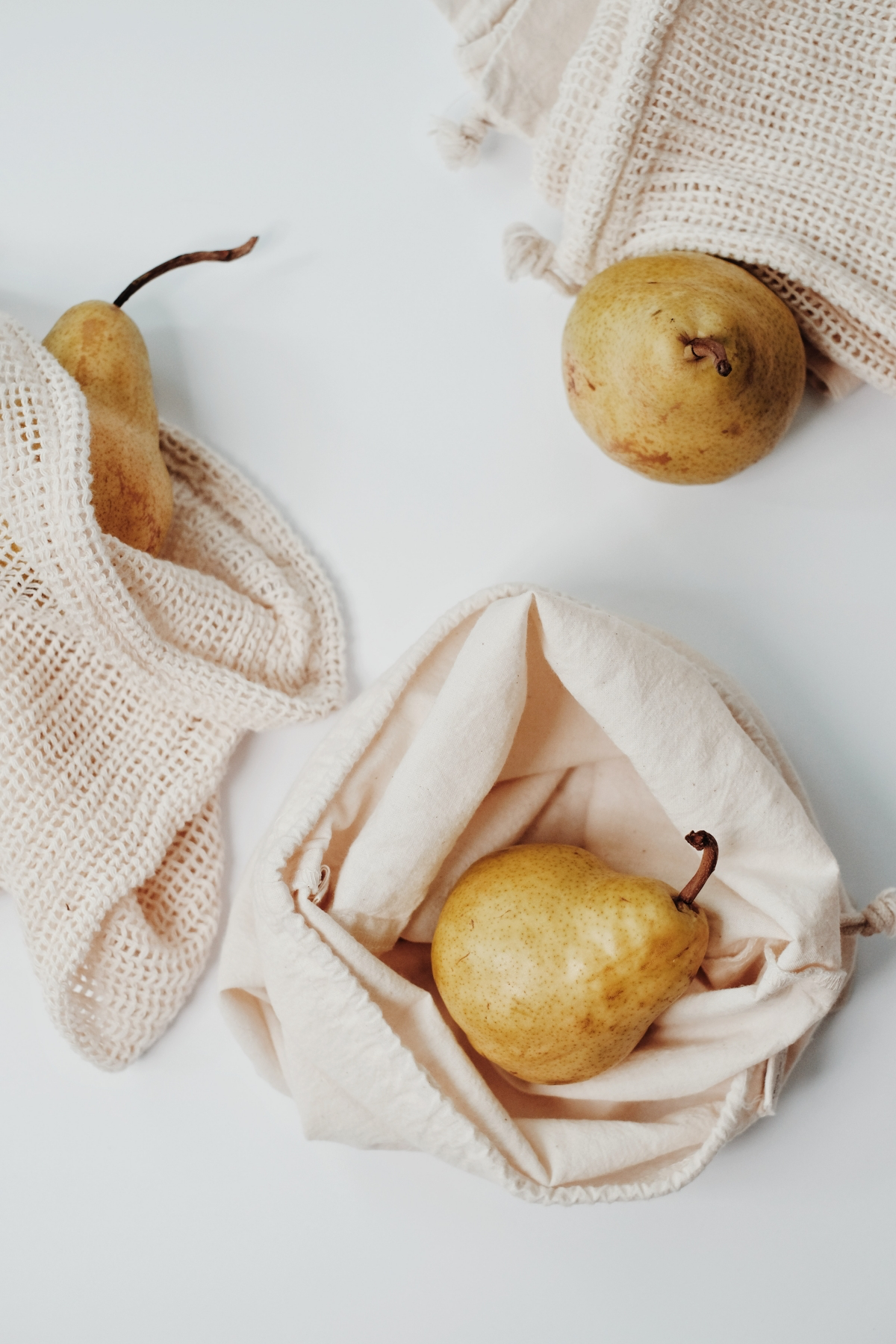
In fruit, the main culprits you’ll run into are:
- Excess Fructose: This is just fruit sugar. Our bodies are great at absorbing it when it’s balanced with glucose. But some fruits have way more fructose than glucose, and that excess amount can’t be absorbed, leading to fermentation.
- Polyols (like Sorbitol): These are sugar alcohols. They’re found naturally in some fruits (especially stone fruits) and are notoriously hard for everyone to absorb. If you’re sensitive, even a small amount can cause trouble.
So, What Fruit Can I Eat?
Okay, before we get into the list of common culprits, let’s get to the good stuff. The first question everyone asks is, “So what’s left?!” Don’t worry, you’re not doomed to a fruit-free life. There are plenty of delicious, low-FODMAP options that are generally well-tolerated.
Here are some of the ‘safer’ fruits to start with:
- Berries: Strawberries, blueberries, and raspberries are usually great choices. Stick to a serving of about a handful.
- Citrus: Oranges, clementines, and a bit of lemon or lime are typically fine.
- Melons (some!): Cantaloupe and honeydew melon are generally safe in reasonable portions (about 1 cup of chunks).
- Bananas: This one is tricky. A firm, slightly green-tipped banana is low in FODMAPs. A very ripe, spotty banana becomes high in them. Ripeness matters!
- Grapes: A small bunch of grapes (around 1 cup) is another solid option.
Starting with these can help you get your fruit fix without triggering symptoms, giving your gut a chance to calm down.
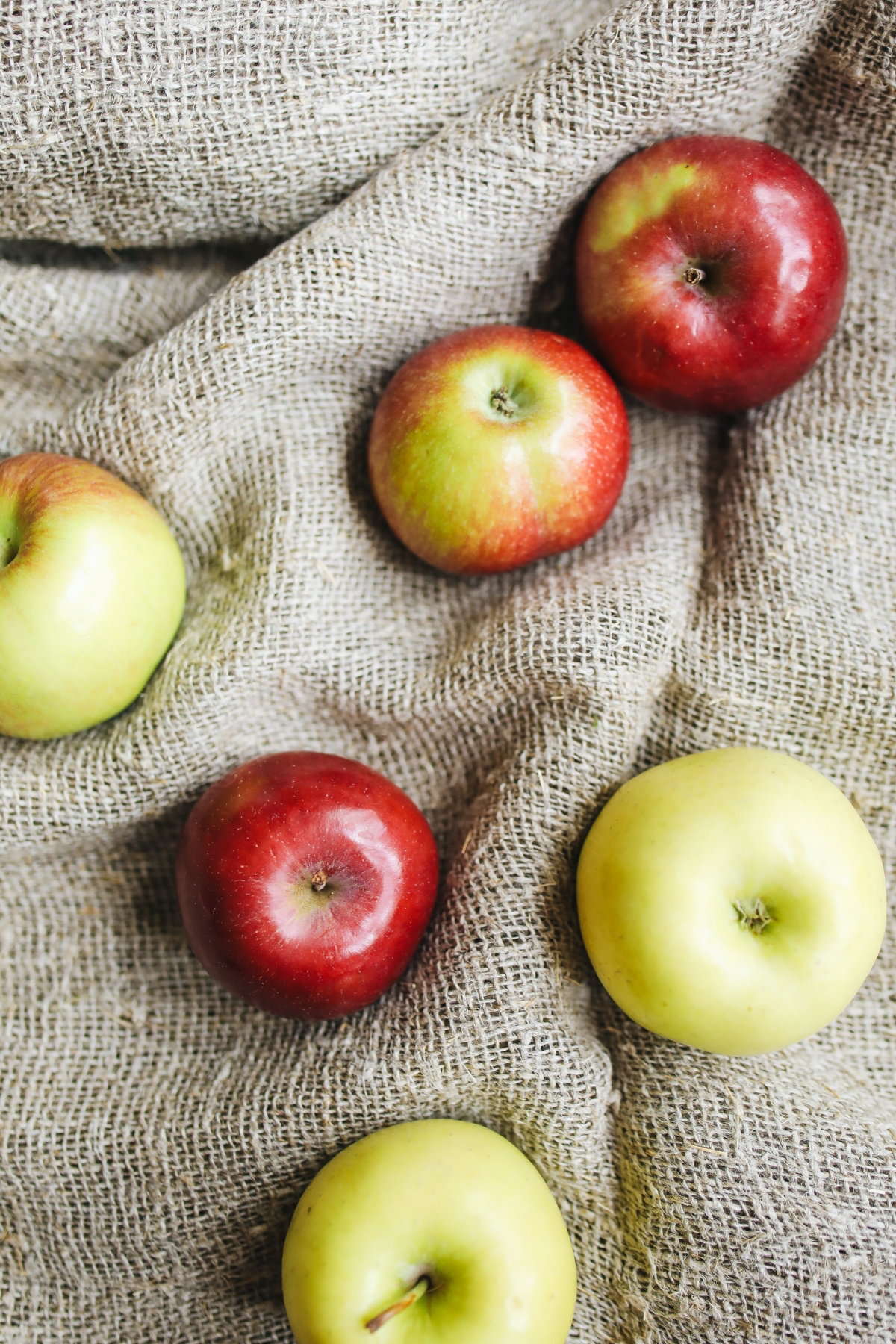
A Breakdown of Common Problem Fruits (And What to Eat Instead)
Now that you have a safe list, let’s look at the fruits that I see cause the most issues in my practice. Remember, the most important factor here is portion size. A tiny slice might be okay, while the whole fruit is a disaster.
Apples & Pears
These are the classic triggers. A crisp apple seems so healthy, but an hour later, you’re paying the price. That’s because both are high in excess fructose. Pears double down by also containing sorbitol, a polyol, making them even more likely to cause issues.
- Easy Swap: Craving that crunch? Instead of an apple, try a handful of strawberries or a juicy orange.
- Quick Tip: If you really love apples, try a tiny portion (like a quarter of an apple) with a tablespoon of peanut butter. The fat and protein can slow down the sugar rush, sometimes making it more tolerable. Cooking it into unsweetened applesauce can help, but it also concentrates the sugar, so keep the portion tiny—just a few spoonfuls.

Stone Fruits (Cherries, Mangoes, Peaches)
Ah, summer’s bounty. Stone fruits—anything with a big pit—are delicious but loaded with polyols and/or excess fructose. Cherries and mangoes are particularly notorious. Eating a big bowl of cherries is a very common mistake that delivers a huge FODMAP dose.
- Easy Swap: Instead of a bowl of cherries, go for a bowl of blueberries. If you want a mango, try a cup of cantaloupe chunks instead.
- Good to know: Ripeness can totally change the game. A perfectly ripe, local peach might affect you differently than one that was picked early and shipped across the country. Pay attention to how your body reacts.
Watermelon
It’s the ultimate summer refresher, but it can backfire spectacularly. Watermelon is a triple threat: it’s high in excess fructose, fructans, and the polyol mannitol. Because it’s so easy to eat, you can accidentally consume a massive FODMAP load in minutes.
- Easy Swap: For a refreshing melon, stick with cantaloupe or honeydew.
- Heads Up on Stacking: This is where people get into trouble. Imagine a summer BBQ: you have corn on the cob (high in sorbitol), then a big slice of watermelon. You’ve just “stacked” two high-FODMAP foods on top of each other, pushing your gut over its tolerance limit. This is a perfect example of a “Day in the Life of a Bloated Belly”—each food on its own might have been okay, but together, it’s a recipe for discomfort.
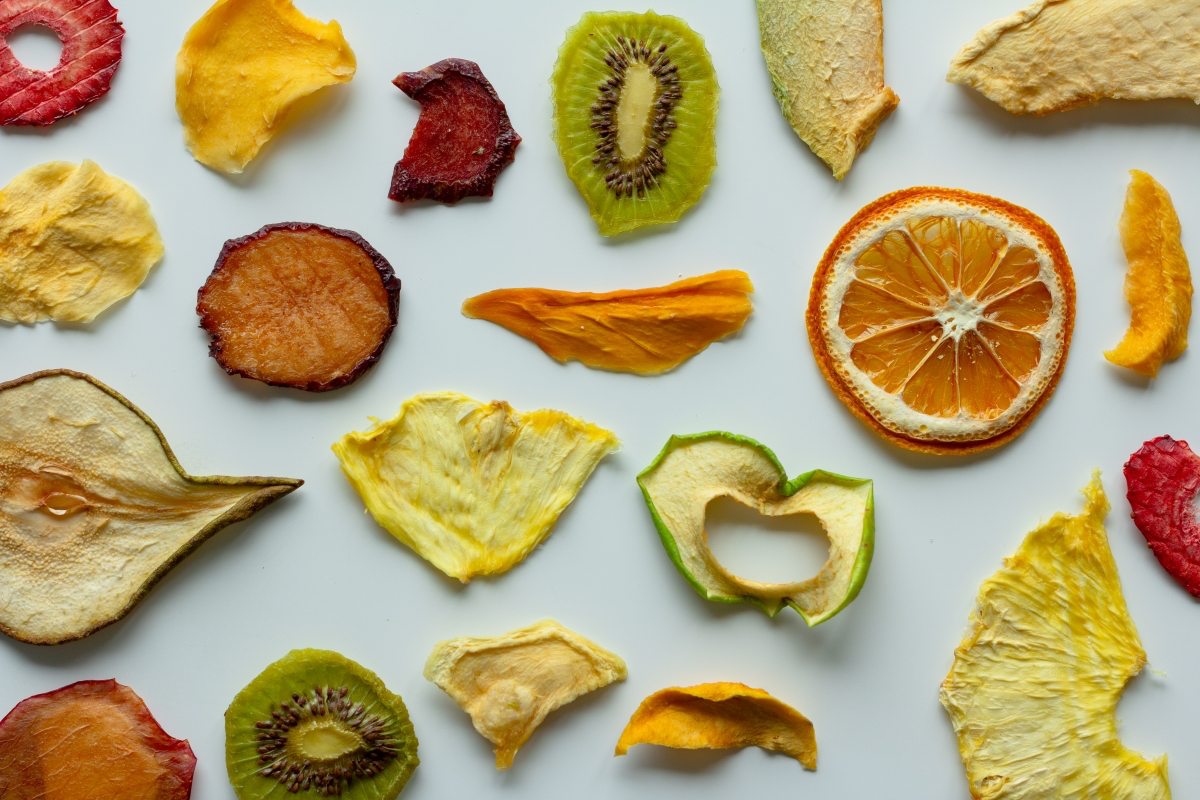
Dried Fruits & Juices
Dried fruits like dates, figs, and raisins are often marketed as healthy snacks. And they are, but the drying process removes all the water and leaves behind a super-concentrated dose of sugar and fiber. Just two Medjool dates is considered a high-FODMAP serving! The same goes for juice, which removes the fiber and gives you a direct hit of fructose.
- Common Pitfall: Watch out for “healthy” snack bars! They are often packed with dates or fig paste. And green juices often use apple juice as a sweet base, so always check the ingredients.
- Quick Tip: Use dried fruit as a garnish, not a snack. A few chopped raisins on your oatmeal is fine; a handful is not.
Practical Ways to Find Your Balance
Okay, enough theory. How do you actually live with this? The goal is to find your personal balance so you can enjoy fruit without fear.
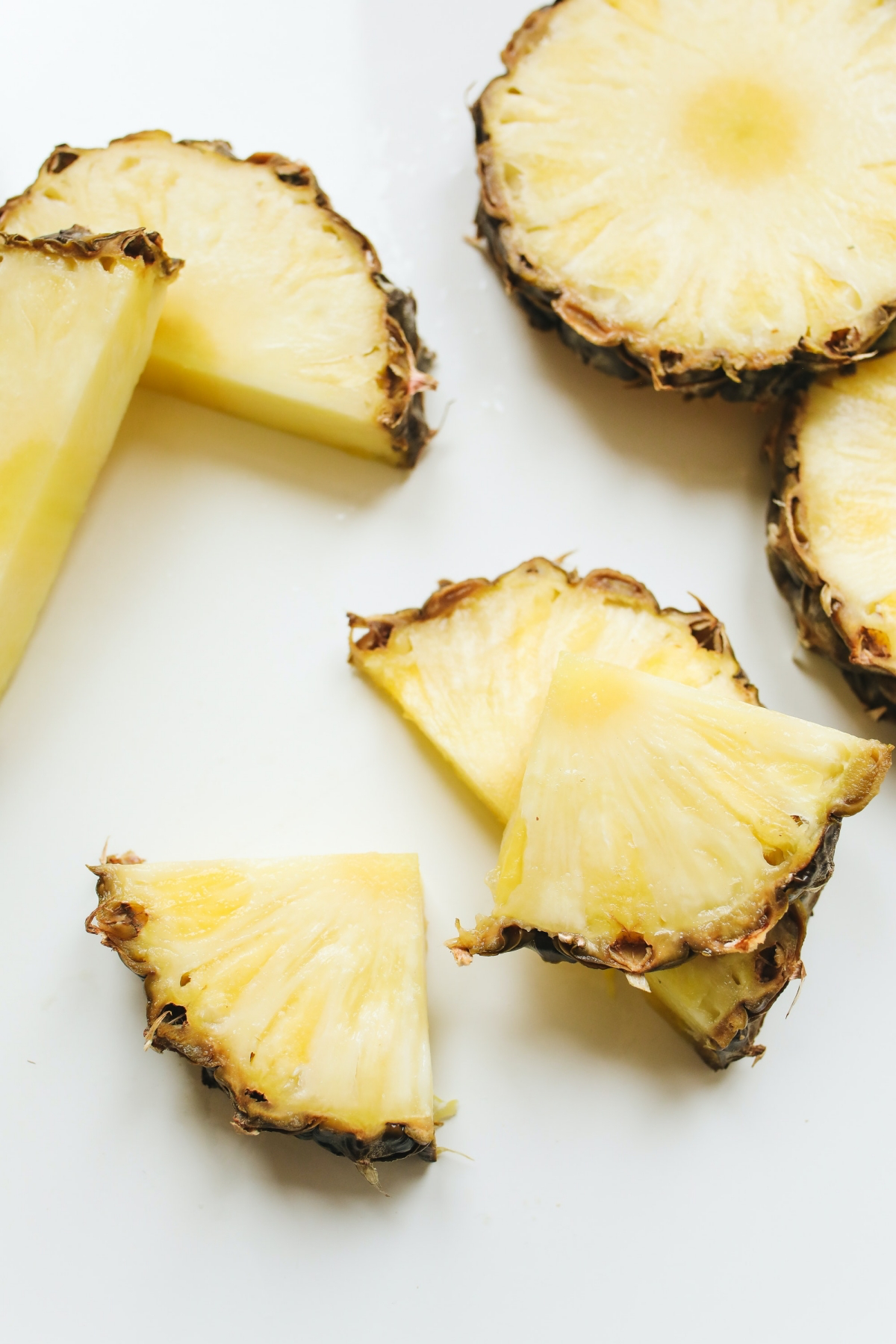
Your 24-Hour Bloat Test: An Easy First Step
The full-blown elimination diet can feel overwhelming. So, let’s start with something super simple. Just for the next 24 hours, make one change. Swap your usual high-FODMAP fruit (like an apple, pear, or mango) for one serving of a low-FODMAP fruit from the “safe list” above (like a cup of strawberries or one firm, yellow banana). That’s it. See how you feel. It’s an easy, low-commitment way to see if this approach might work for you.
My Go-To Bloat-Free Smoothie Recipe
Smoothies can be a huge trap, easily packing 3-4 servings of fruit into one glass. If you want a smoothie that won’t wreck your day, try building it like this:
- 1/2 cup frozen strawberries (low-FODMAP fruit)
- 1 scoop unflavored or vanilla protein powder (protein to keep you full)
- 1 tablespoon of chia seeds (healthy fat and fiber)
- A big handful of fresh spinach (you won’t even taste it!)
- 1 cup of water or unsweetened almond milk
Blend it up and you’ve got a delicious, gut-friendly breakfast or snack that costs just a couple of dollars to make at home.
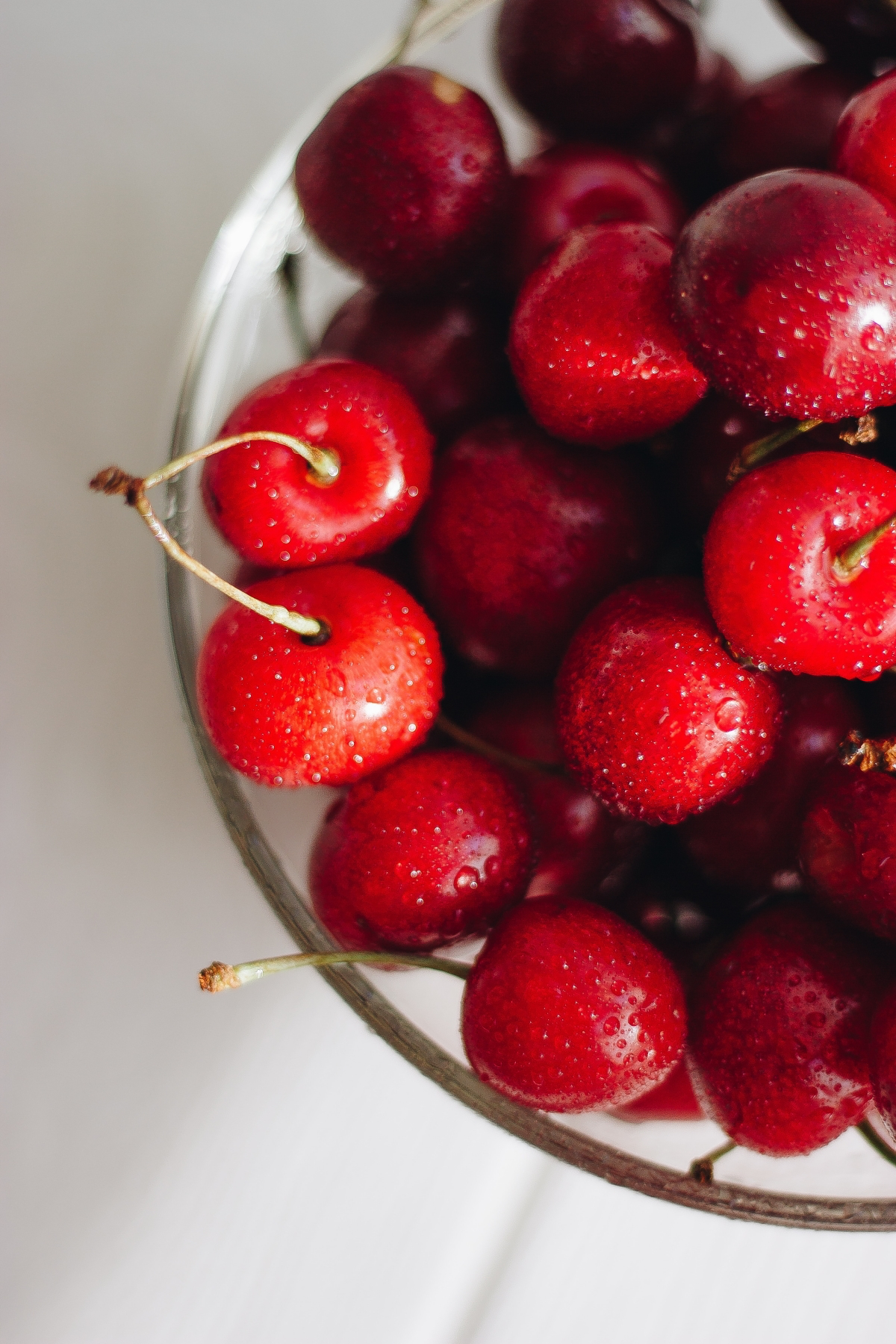
The Power of Pairing
A golden rule: try not to eat fruit all by itself on an empty stomach. Pairing it with a protein or fat slows everything down and gives your body a better chance to process the sugar. Think apple slices with peanut butter (just stick to a small portion of apple!), or a few berries with plain Greek yogurt.
When You’re Ready for a Deep Dive
If the 24-hour test helps and you want to get serious, the next step is a proper elimination and reintroduction phase. This usually involves removing all high-FODMAP foods for 2-6 weeks to get a symptom-free baseline, then methodically reintroducing food groups one by one to see what your specific triggers are.
To be frank, I strongly recommend doing this with a registered dietitian or certified nutritionist. They can make sure you’re getting proper nutrition and help you interpret the results, which can be tricky on your own.
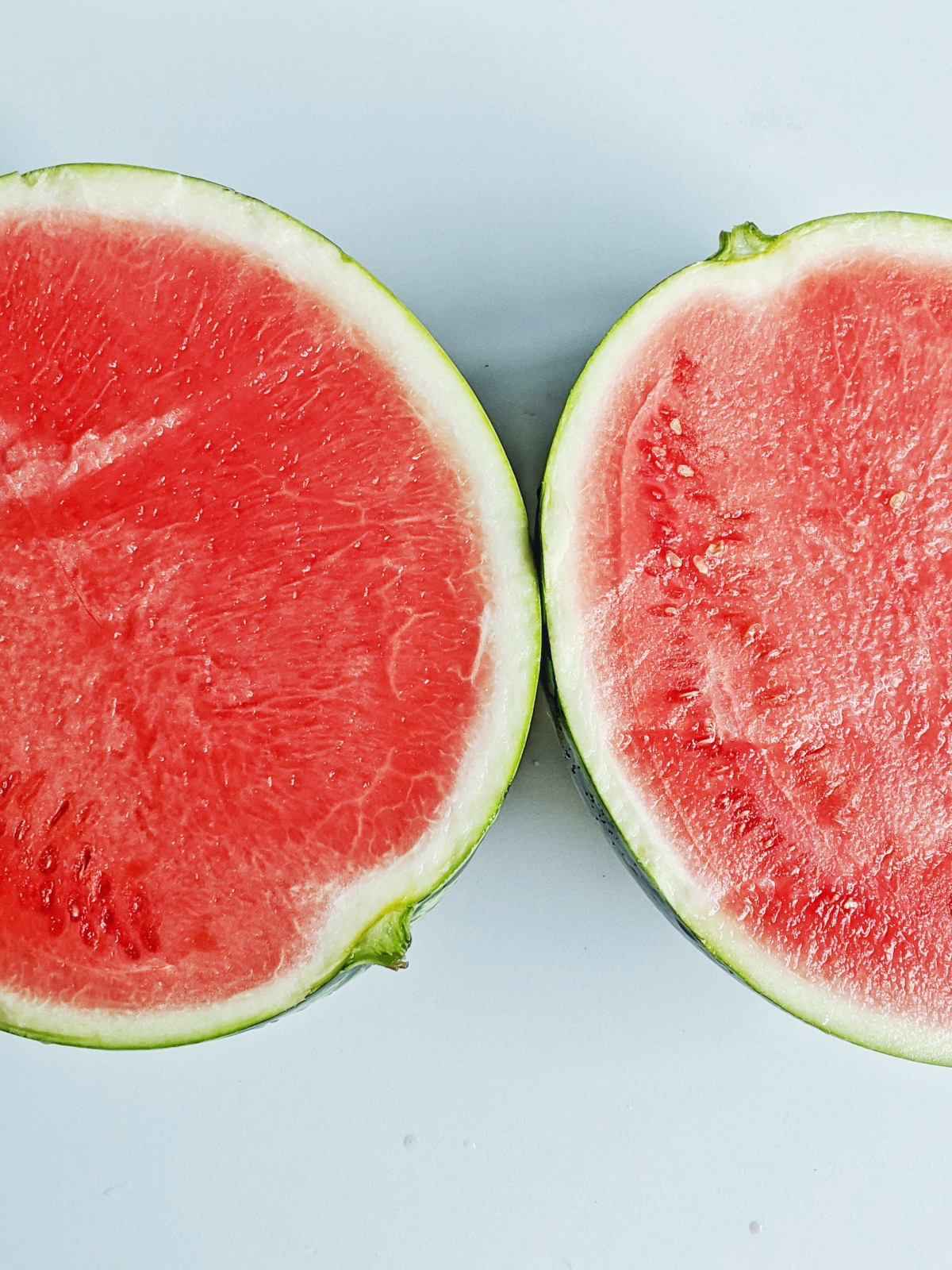
By the way, there’s an amazing app for this, developed by the research team that pioneered the diet. You can find it by searching for “FODMAP diet” on the Apple App Store or Google Play. It costs about $10, but it is worth every single penny for its reliable, up-to-date portion size information.
A Quick But Important Note: When to See a Doctor
Listen, while food is often the cause of bloating, it’s not something to self-diagnose forever. Chronic, painful, or persistent bloating needs a doctor’s attention. It can be a sign of things like Irritable Bowel Syndrome (IBS) or Small Intestinal Bacterial Overgrowth (SIBO).
I’m a nutrition expert, not a medical doctor. If your symptoms are severe or come with other red flags like unexplained weight loss or blood in your stool, please make an appointment with a gastroenterologist. Getting a proper diagnosis is the most important first step.

It’s All About You
This journey is all about personal discovery. Stop thinking of food as “good” or “bad” and start thinking in terms of what works for your body. By understanding the science, being mindful of your portions, and listening to your body’s signals, you can build a diet that makes you feel amazing, from the inside out.
Inspirational Gallery
Can simply cooking fruit make a difference?
For some, yes. The process of stewing or baking fruit helps break down its cellular walls and complex fibers, making it gentler on the gut. While this doesn’t eliminate the FODMAPs, a warm, baked apple with cinnamon might be tolerated far better than a raw one because the digestive system has less work to do. It’s an easy first step to try before eliminating a fruit entirely.
According to Monash University, the originators of the diet, a low-FODMAP approach provides symptom relief in up to 3 out of 4 people with Irritable Bowel Syndrome (IBS).
This isn’t a niche trick; it’s a scientifically-backed strategy for identifying personal triggers. The goal isn’t to stay on a restrictive diet forever, but to use it as a tool to discover which specific fruits (and in what amounts) work for your unique body.
Feeling lost without your go-to fruits? Think in terms of simple, effective swaps:
- Instead of a high-fructose apple, reach for a crisp, tangy orange or a handful of grapes.
- If juicy peaches or pears are the problem, try a few slices of cantaloupe or honeydew melon.
- Swap out high-polyol cherries for a cup of vibrant strawberries or blueberries, which are much better tolerated by most.
The Smoothie Trap: A large mango, pear, and honey smoothie. While seemingly healthy, it’s a concentrated blast of excess fructose and polyols—a direct flight to Bloat City for sensitive individuals.
The Gut-Friendly Blend: A handful of strawberries, a firm (less ripe) banana, a scoop of peanut butter, and spinach. This provides fiber and nutrients with a much lower, more manageable FODMAP load.
The lesson is not to abandon smoothies, but to choose your ingredients wisely.
Important: Mind the ‘stacking’ effect. A single low-FODMAP food might be perfectly fine, but your body has a total threshold. A handful of blueberries is one thing. But a handful of blueberries, plus a glass of orange juice, plus a slice of gluten-free toast with strawberry jam (all technically ‘low-FODMAP’) can accumulate and push you over your personal limit. Spacing out your fruit intake is as crucial as choosing the right kind.
Beyond food itself, consider a dedicated tracking app. Using something like the official Monash University FODMAP Diet App can feel like turning on the lights in a dark room. It not only provides a definitive green/yellow/red light system for thousands of foods but also helps you log your meals and symptoms to uncover patterns you’d never notice on your own. It takes the guesswork out of the equation.
- Enjoy a wider variety of foods without fear.
- Reduce post-meal gas and uncomfortable distention.
- Feel more in control of your digestive wellness.
The secret? Pair your fruit. Never eat it on a completely empty stomach. Having fruit alongside a source of protein or healthy fat (like a handful of almonds, a dollop of lactose-free yogurt, or a spoonful of chia seeds) helps slow down the sugar absorption and can significantly buffer the digestive impact.
For those times you want to indulge in a high-FODMAP fruit, digestive enzymes can be a useful tool. Look for products specifically designed for FODMAPs, like Fodzyme or FODMAP-friendly enzyme blends from brands like NOW Foods. They contain enzymes like alpha-galactosidase and xylose isomerase that help your body break down problematic fructans and fructose before they can ferment in your gut.
Craving a fruity flavor without the fructose-and-fiber punch? Try a simple, elegant infusion. Add slices of lemon, a few raspberries, and a sprig of fresh mint to a pitcher of cold water. Let it steep for a few hours in the fridge. You get all the refreshing essence and hydration without any of the digestive toll—it’s pure, simple, and surprisingly satisfying.










